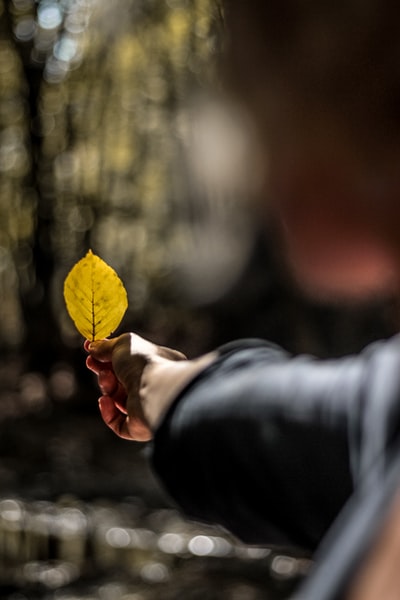 A pest, to a farmer, is an organism that damages their crops. Chemical pesticides used against pests can be:
A pest, to a farmer, is an organism that damages their crops. Chemical pesticides used against pests can be:
- herbicides
- fungicides
- bactericides
- insecticides
A good pesticide must:
- have selective toxicity which means that it kills the target without harming the crop. They have a narrow spectrum which is better for the environment but more expensive.
- be biodegradable so that it can be broken down by decomposers and not stay in the environment and harm the environment or accumulate in the food chains.
The most important aspect of a pesticide to a farmer is that it destroys the pest but not the crop. Within intensive farming, pesticides are key. Some crops will take up to 18 different types. They have caused two main problems, however:
- persistence
- bioaccumulation
Persistence regards how long a pesticide remains active once it’s entered into the environment. Non-biodegradable chemicals cannot be broken down and are known as persistent.
Before its dangers were fully realised, the insecticide DDT caused a great deal of environmental damage. Today, many farmers use biodegradable insecticides instead.
Bioaccumulation is how a chemical builds up as it moves through a food chain. DDT is, again, a good example. As it’s transferred from one trophic level to the next it accumulates it the fat of animals and can have very toxic effects on that organism.